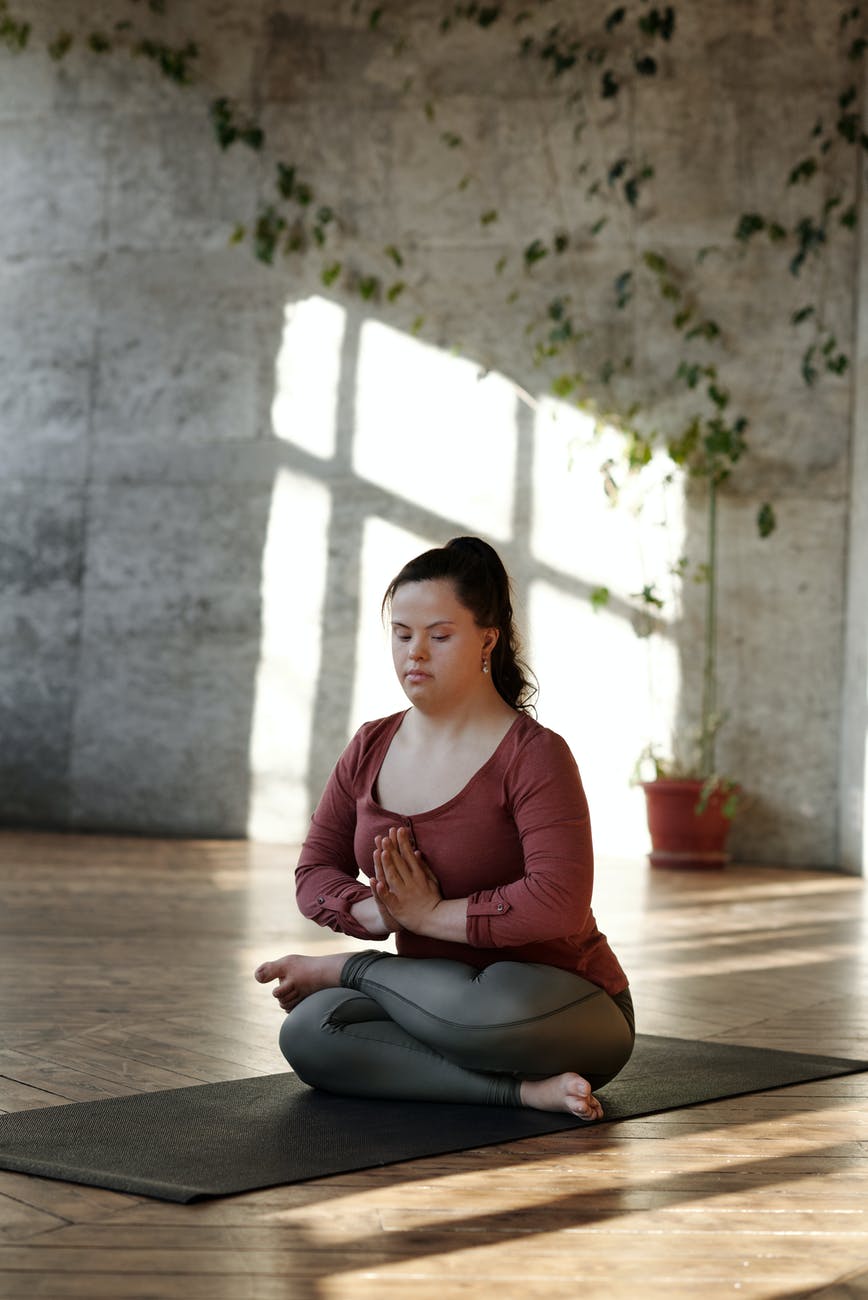If you want to get in shape, but are physically challenged, the Exercises For Disable series is the right option for you. These videos cover a variety activities such as running, biking, swimming and martial arts. They are part of a structured workout routine. Some of the exercises can be done on stairs. Experts who have experience in the disability field created the videos, and you can be assured that they will work to your advantage.
Resistance band exercises
If you’re disabled or confined to a wheelchair, resistance band exercises for disabled people can help you strengthen your upper body and help you stay mobile. These exercises are designed to strengthen the muscles that aid in pushing and pulling. Start by removing the armrests from your chair and hanging from the resistance band with both your hands. Next, stretch your belly button towards your spine while stretching your abdomen. Repeat as many times as you can tolerate. Here are some resistance band exercises for people with disabilities:

Wrap the resistance bands around your wrist and hand, wrapping the ends around the ankle of a chair or pole to strengthen the back muscles. Repeat these exercises several times, alternately with your arms and your hands. You can use a handcuff to hold the ends of your band. Your arms should remain straight. Keep your elbows bent and the band raised, keeping your wrists and ankles parallel with the floor.
Chair-marching
There are a number of benefits to performing chair-marching exercises for the disabled. These exercises are done while seated and mimic the act of a soldier marching to a specific place. Because disabled people cannot move their legs, they must march in a straight line using their hands. These exercises can be beneficial for people who have difficulty standing or walking as they can improve their balance and coordination. The use of chair-disability support melbourne exercises to aid the disabled can improve functional mobility as well as daily living activities.
Chair-marching for the disabled is a fun way of increasing hip flexibility and improving overall balance. These exercises can also be beneficial for improving cardiovascular health, as well. According to Monica Lam-Feist, ACE certified personal trainer and the fitness lead at AlgaeCal, these exercises can improve overall posture and fitness. Here are some tips that will help you do chair-marching exercise for the disabled. You can also do chair-marching with a partner.
Grabbing-pulling-and-pushing exercise
This arm strengthening exercise is especially helpful for wheelchair transfers. It strengthens the chest, triceps and front of your shoulders. Begin by sitting in a chair. To support your body, place one hand on the cane and the other on top. Slowly lower your body to the side. You can transfer yourself from sitting to standing by using your legs.
If you have difficulty lifting weights, you should practice range-of-motion exercises to prevent shortening of muscles and stiffness of joints. Begin by placing your elbow on a table at a 90-degree angle. Next, curl your arm upward. Curling your arm downward will activate your triceps. Both movements are equally important to control movement. To prevent stiffness in your muscles, do these three times daily.
Chair yoga
There are also chair yoga exercises that can be used for people with disabilities. These are simple movements that can be done from a chair. The first step in a chair yoga exercise is to sit in a straight position, bend your knees, and roll your shoulders back. Your elbows should touch to the floor. Hold for 5 breaths and then return to the starting position. Repeat this exercise five times, alternate your arms. Once you have mastered the move, move on to the next exercise.
The second part of this exercise is to extend your arms overhead and bring your chin towards the chest. The chin naturally falls to the chest on the exhale, while the shoulders roll up. Once you have finished your breathing exercises, draw your navel in and press your chin into your chest. Repeat this as many times as necessary until you feel relaxed and centered. Make sure to breathe deeply. After you complete this wheelchair yoga exercise, you will feel calm and refreshed.
Stretching a chair
The following chair stretching exercises for the disabled are suitable for those who cannot stand or walk. These stretches improve flexibility, range of motion, and flexibility by working muscles. These exercises are designed for fitness professionals to loosen tight muscles. You can do them using a manual wheelchair. Warm up before you begin the exercises. You should avoid any pain during your exercises. The following chair stretching for disabled persons are simple but very beneficial for your overall health.
When doing chair-bound exercises, make sure your back is against the backrest and your spine straight. When sitting, keep your posture straight and use your abs for support. These stretches are best done while standing straight. These stretches should be held for at least 10 seconds before you move on to the next one. Once you’ve mastered this exercise, you’ll be surprised how much you’ll notice a difference!
